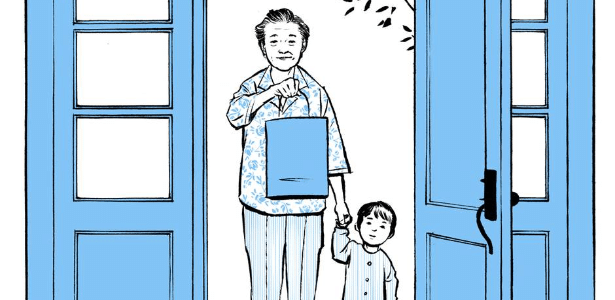In the field of French-language literature, one of the most important works published in the 20th century is “Agaguk” (1958), by Canadian Yves Thériault. Unfortunately, this is also one of Brazil’s biggest editorial flaws. More than 60 years have passed since its publication, Agaguk remains unpublished in Brazil, perhaps not even in Portuguese, if the hiatus persists both in Portugal and in other Portuguese-speaking countries.
One of the greatest merits of “Agaguk” lies in the fact that, under a thin layer of stories of adventures in an inhospitable and frozen territory, the portrait of a place and its inhabitants is constructed, with an additional break and a times sign. If at the end of “Mar Dead” by Jorge Amado, Lívia, by occupying Guma’s space on the boat, points to the definitive entry of women into work that was previously exclusively aimed at men, it is even, so to speak, in Agaguk, when the wife of the eponymous character establishes new rules of coexistence, which lead to the reorganization of the family and also of hunting, the main activity of her people, the Inuit, previously mistakenly called “Eskimos”.
|
French edition of Agaguk (Picture: Reproduction) |
Another very interesting aspect of the story is the presence of native Canadians, the Inuit, as protagonists. Finished the supremacy of the white Europeans in contact with the natives, changing them and plucking them. The natives themselves are in an internal crisis, in which their customs and habits are beginning to suffer serious wear and tear. If the colonizer still appears, it is in the position of villains, of interveners, slightly ridiculed.
The supposed adventure begins with the departure of Agaguk, the Inuk son of the chief of the tribe, in search of an isolated place where he can, with the future Iriook, found his own family. He leaves because he intends to return to the origins of his people, to live far away and to start again from the elementary, primordial stage of the union of the first man with the first woman. This is where the break lies. Although of a new generation, Agaguk rejects the workbench in favor of a lost tradition that must be revived. From then on, the story is divided into two nuclei: the original tribe, degraded, and the Agaguk family, the foundation of both the new and the old, the second being saved and the first offering a new essence. What will come out of this shock is what your reading will offer, dear reader!
 |
|
Comic strip 2014 edition, in Portuguese, by Del Prado (Picture: Reproduction) |
Too bad the novel is not published in Portuguese. The most that can be found is the cartoon version of the same, which was posted here by Del Prado, who unfortunately went out of business late last year. But that’s what remains for the Brazilian reader. The comic is of French origin, by the publisher Adonis (2010), written by Djian and illustrated by Yvon Roy. It’s a beautiful adaptation, in which the plot is preserved and the art, clear and refined, perfectly illustrates the element that governs the characters and the region: the terrible cold.
Well beyond its time, the novel “Agaguk” still calls for passage and reading. That a Brazilian publisher realizes this and corrects this error.Hey!
*Mayrant Gallo is a writer and teacher. Author of Kafka’s Unpublished (COSACNAIFY, 2003) and Três Infâncias (Casarão do Verbo, 2011).

“Pop culture fan. Coffee expert. Bacon nerd. Infuriatingly humble communicator. Friendly gamer.”







